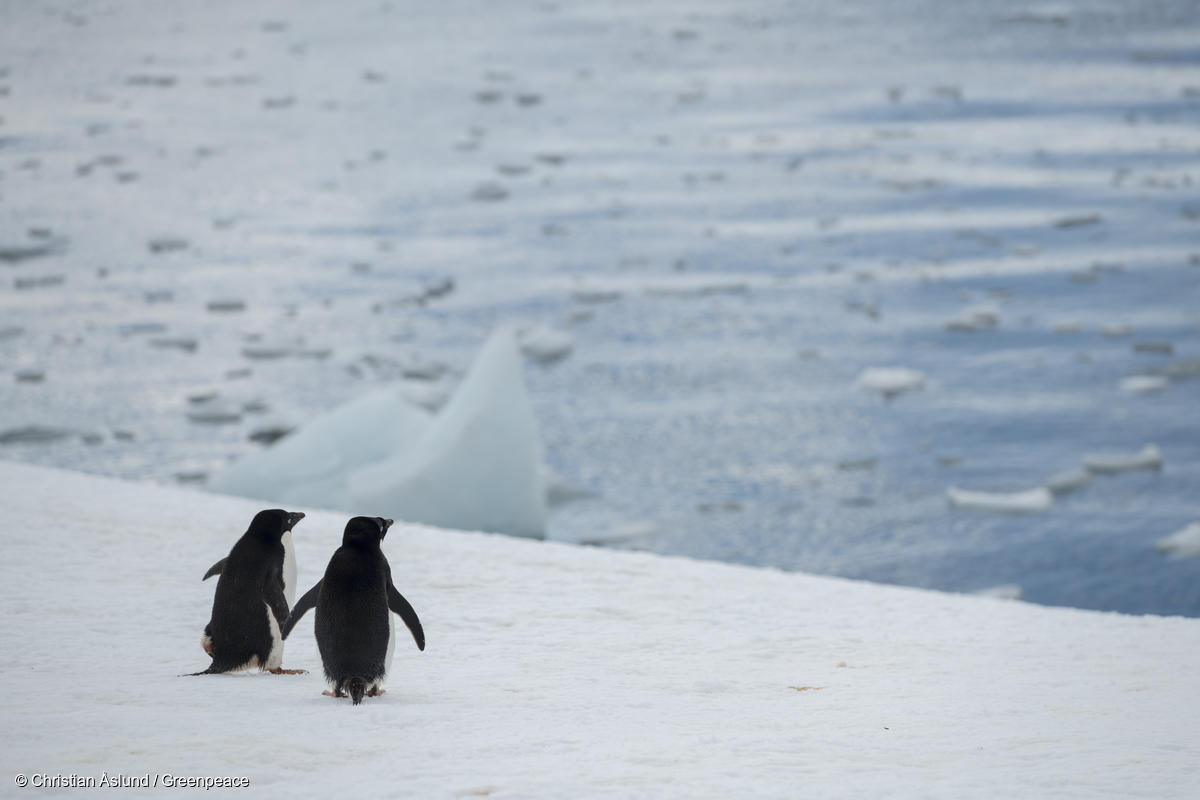This blog uncovers how the Convention for the Conservation of Antarctic Marine Living Resources (CCAMLR) works, and its continued failure to protect the Southern Ocean.

The Southern Ocean, the waters which encircle Antarctica, is a critical area for climate regulation and marine biodiversity – but currently less than 5% of it is fully protected.
It’s puzzling, especially when there exists a Commission that was established with the specific intent to protect Antarctic marine life. The Antarctic Ocean Commission (CCAMLR) was established in 1982 by an international convention, in response to krill populations being decimated as a result of overfishing. Krill are integral to maintaining the Antarctic ecosystem, and also play a vital role in locking away carbon in the deep sea.
The Commission meets on an annual basis in Hobart, Tasmania to review and develop Antarctic conservation measures. It was responsible for creating the world’s largest marine protected area (MPA), in the Ross Sea region in 2016. Covering 2.09 million square kilometres the MPA protects biodiversity and vulnerable marine ecosystems.
But for the last six years no new MPAs have been created, which begs the question: why? To answer this you have to understand how the decision making process within the Commission works. The body consists of 27 members and 10 other countries that have accepted the convention.
When a proposal is tabled it can only be adopted if all members agree. If some members veto the proposal it cannot be adopted. In simple terms, even if the majority of countries recognise the need for ocean sanctuaries, a minority can derail the whole process.
This was what happened during last year’s meeting when the Commission failed to reach consensus on creating three large MPAs for the Antarctic Peninsula, East Antarctica and the Weddell Sea, despite support from an overwhelming majority of governments.
Apart from this inefficient, consensus-based decision making process, governments who prioritise fisheries over safeguarding our oceans have resulted in the CCAMLR consistently failing to provide Antarctic waters with a network of protected areas it so desperately needs.
Every day ocean threats are mounting. Climate breakdown has resulted in the Antarctic sea ice likely hitting a low winter maximum, while overfishing and pollution are slowly tearing away at our oceans life-sustaining fabric.
The Commission has the power and authority to support proposals for marine protected areas that have already been tabled to protect four million square kilometres of ocean now.
The next CCAMLR meeting is taking place in October 2023. Will the Commission deliver on its commitments and take the first steps towards protecting at least 30% of our oceans by 2030? Or will they once again allow one or two governments to block urgent ocean protection in favour of self-interest?
Unlike the CCAMLR’s failed efforts, the Global Oceans Treaty is a tool that can make ocean protection a reality. We urgently need to ratify this Treaty for 30% of our oceans to be protected by 2030. To do this, at least 60 governments need to sign on.
Sign our petition now to ask the Australian government to urgently ratify the Global Oceans Treaty, and start protecting our oceans!

